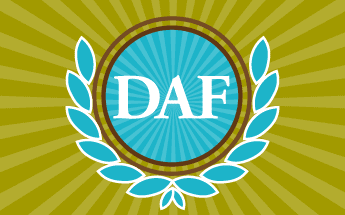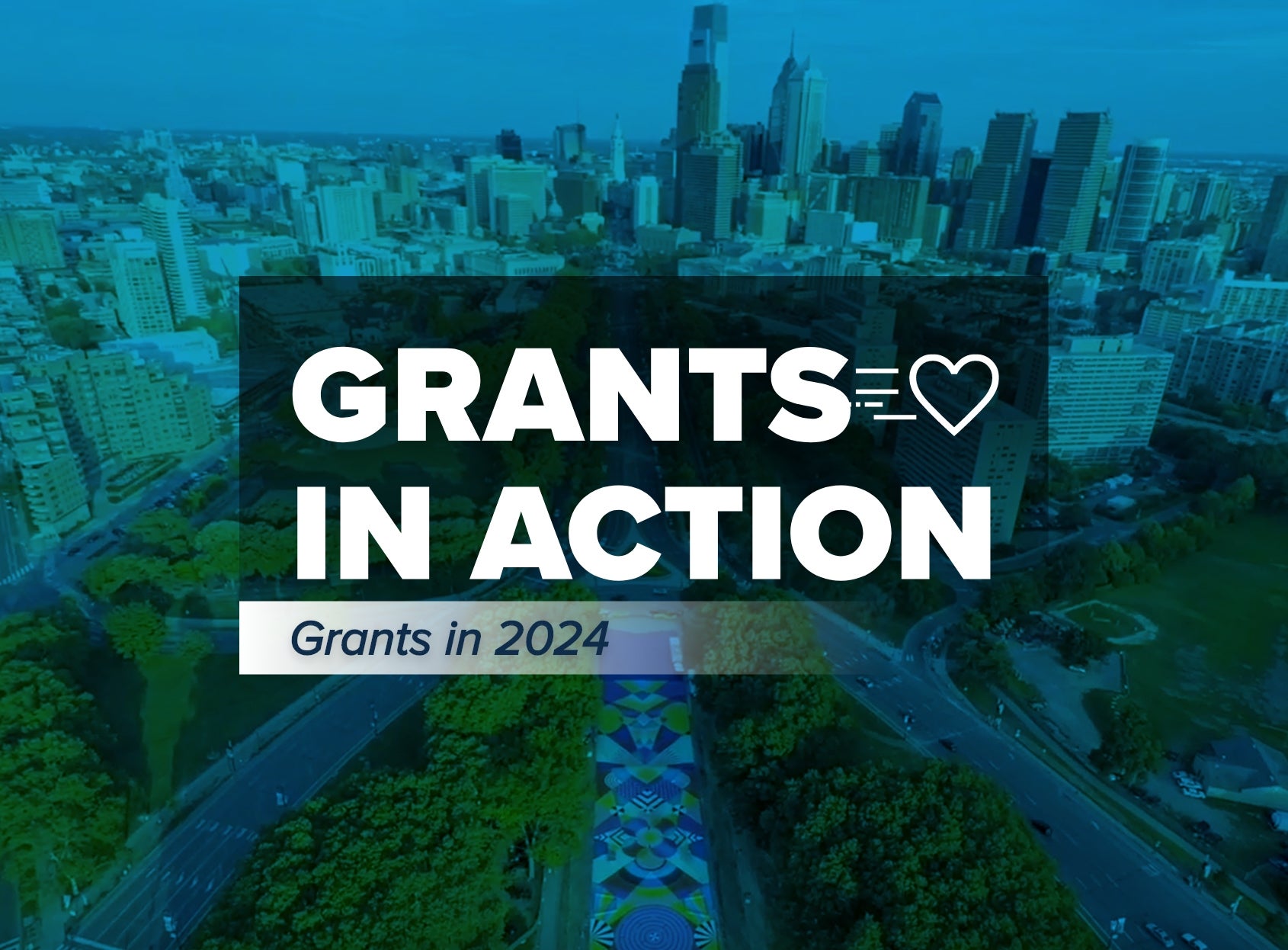Donor-Advised Funds Gain Popularity for Charitable Giving

The fastest-growing giving vehicle, donor-advised funds, can be a lower-cost but less flexible alternative to private foundations.
Although 98% of high net-worth clients give to charity, only 55% report discussing philanthropy with their professional advisors. These numbers demonstrate the opportunity for estate planners to engage their clients in a broader picture of wealth management that includes donor-advised funds (DAFs), the fastest-growing giving vehicle in all of U.S. philanthropy.
DAFs outnumber private foundations by more than three to one. The trajectory of growth has grown steeper; from 2011 to 2012, contributions to DAFs skyrocketed by almost 35%. There is approximately $45 billion in DAFs across America, which is a 50% increase in the past five years.
How Do DAFs Work?
Who starts DAFs and how do they work? Individuals, families, or institutions can start a DAF—a charitable giving vehicle—at a public charity. They can name the DAF after their family or use an anonymous name. Donors contribute tax-deductible personal assets (cash, stocks, and real estate are common) to the DAF, which are invested and may grow tax-free over time. Donors then makes suggestions to the public charity that manages the DAF, also called the sponsoring charity, about where grants might be made. Many donors guide their philanthropic grants to nonprofit organizations in the U.S. and, increasingly, to causes around the world.
DAFs can be created in a day, including an NPT donor-advised fund, and gifts to DAFs qualify for a full fair market value tax deduction to a public charity. Donors can make suggestions for grants immediately or wait until they wish to support a charity or cause.
The History of DAFs
While DAFs have experienced tremendous growth in the recent past, their roots are much older. The first DAFs were established in the 1930s at community foundations, including the New York Community Trust and the Winston-Salem Foundation. They emerged with greater popularity after the Tax Reform Act of 1969 and experienced another boost after 1992, when the financial service industry realized how easily they could assist donors in meeting their philanthropic goals.
Since that time, educational institutions, religious organizations, independent charities, and charitable organizations affiliated with financial institutions across the country have promoted their sponsorship of DAFs. Some of these charitable sponsors meet highly specific needs. For example, a university DAF program may require donors to grant a specific amount of their DAF assets to that institution or leave a specific percentage or dollar amount to the university’s endowment, while other DAF sponsors are broader in their purpose and grant making requirements.
DAF Use Growing
Today, DAFs and the charities that sponsor them are part of mainstream philanthropy. Current sponsors often serve as a resource to donors and advisors alike. Many sponsoring charities provide easily accessible philanthropic resources online to help donors make the most informed decisions about their grant suggestions. If the numbers are an indication, the information is compelling—the dollar amount that DAFs granted to other charitable organization totaled more than $8.6 billion in 2012. In fact, grants from DAFs have been steadily climbing for several years. Interestingly, DAF granting was strong even in 2009, during the country’s recent recession. These figures indicate that donors using DAFs are committed and engaged philanthropists.
Market Opportunity
DAFs in the U.S. outnumber charitable remainder trusts, charitable remainder annuity trusts, charitable lead trusts, pooled income funds, and private foundations combined. This explosive growth is due to the flexibility and ease in creating and managing DAFs. DAFs can be created quickly, the sponsoring charities can accept a large variety of assets, donors can select among pre-approved investments, and can recommend grants online. A donor does not need to have millions of dollars to have a philanthropic vehicle—like a private foundation—anymore. Americans can engage in organized philanthropy through a DAF at a much lower cost to their wallets and their time.
Charitable giving presents the chance for estate planners to have a different kind of conversation with clients. Since most donors cite family involvement as an important priority in giving, it is also a potential way for an advisor to build a bridge to the next generation.


